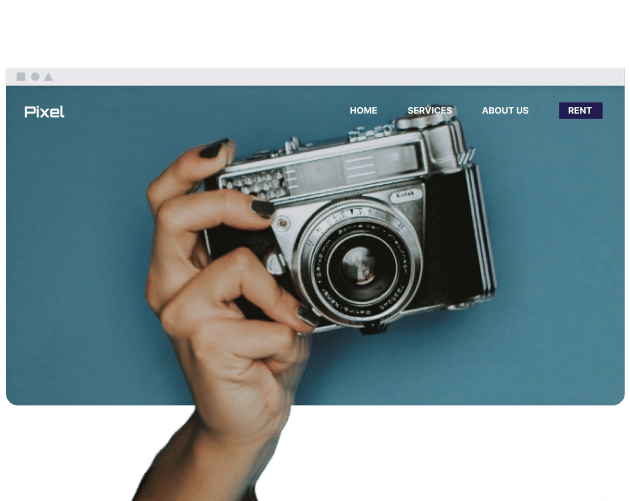What are the key components of effective Website Navigation?
Effective website navigation is a well-planned system of menus and links that guides users through a site.
· Logical hierarchy: Organizing content for comprehension.
· Label clarity: Using commonly understood words for menu items to assist in understanding options.
· Consistency: Keeping navigation elements in standard spots (e.g., clicking the logo located in the top-left corner to go to the homepage).
· Responsiveness: Adjusting the navigation design to function across various screen sizes, including mobile devices.
E-commerce websites with defined product category-based navigation could relate to the ease with which customers locate items, which may have an impact on sales and conversions. The clarity of designs and labeling has been noted to have a relationship with bounce rates.
What are some common mistakes to avoid when designing Website Navigation?
You should focus on the presentation and simplicity of the content to make the navigation of your website easier.
Usage Tips:
· Prioritize clear labels: Avoid clever or ambiguous terms.
· Limit menu items: Try to keep your main navigation within five to seven items so that visitors won’t feel overwhelmed by choices.
· Use breadcrumbs: They are links that indicate to users their place in the site’s hierarchical structure.
· Ensure the search bar is visible: The search bar is crucial for “heavy content” websites.
Key Considerations:
· User expectations: Build the process of your website with the most common user behavior and expectations in mind.
· Scalability: Your navigation should be designed to accommodate future website content.
· Accessibility: Ensure that the navigation is accessible to people with disabilities.
· Mobile-first design: Since most web traffic comes from mobile devices, design for touch-based interactions first.
How does Mobile Navigation differ from Desktop Navigation?
Mobile navigation differs from desktop navigation due to limited screen size and touch-based interactions. On desktops, navigation is a fixed horizontal bar; however, on mobile devices, it is a collapsible “hamburger menu” to preserve space. The design aims to highlight the primary content, with button sizes intended to aid interaction.
What tools or methods can be used to test and improve Website Navigation?
For testing and improving website navigation, you can utilize the method known as usability testing (watch actual users interacting with your site). The process allows for issue identification and an understanding of user navigation patterns on the site.
Alternatives:
· Tree testing is a method that specifically evaluates the findability of topics in your site’s hierarchy.
· A/B testing allows testing two different navigation designs to see which performs better.
How can Personalized Navigation enhance User Engagement?
Personalized navigation can affect user engagement by adapting the website experience to a visitor’s behavior and stated preferences. For example, a shopping site can inform an individual of the last products viewed, whereas a news website can show the most frequently read topics. Consequently, the navigation may become more relevant to the user, potentially influencing the duration of their visit and content consumption.
To check whether personalization is suitable for your site or not, you need to answer the following question:
· Do my users have distinct goals when they visit?
· Is it possible for me to use data to develop a personalized, user-friendly, and non-intrusive experience?
Decision Factors:
· Available data: Do you have sufficient user data to allow personalization?
· Privacy: Is the utilization of user data clearly communicated?
· Technical resources: Are you capable of setting up and managing a complicated and mobile navigation system?
· User control: Can users easily adjust the settings or turn off personalization?
Conclusion
Website navigation can impact user experience and may have a relationship with user engagement and conversions. Employing a simple, user-focused, and mobile-first design can influence visitor navigation and their ability to achieve objectives. It is essential to consistently test and refine your navigation to maintain its intuitiveness and effectiveness.

